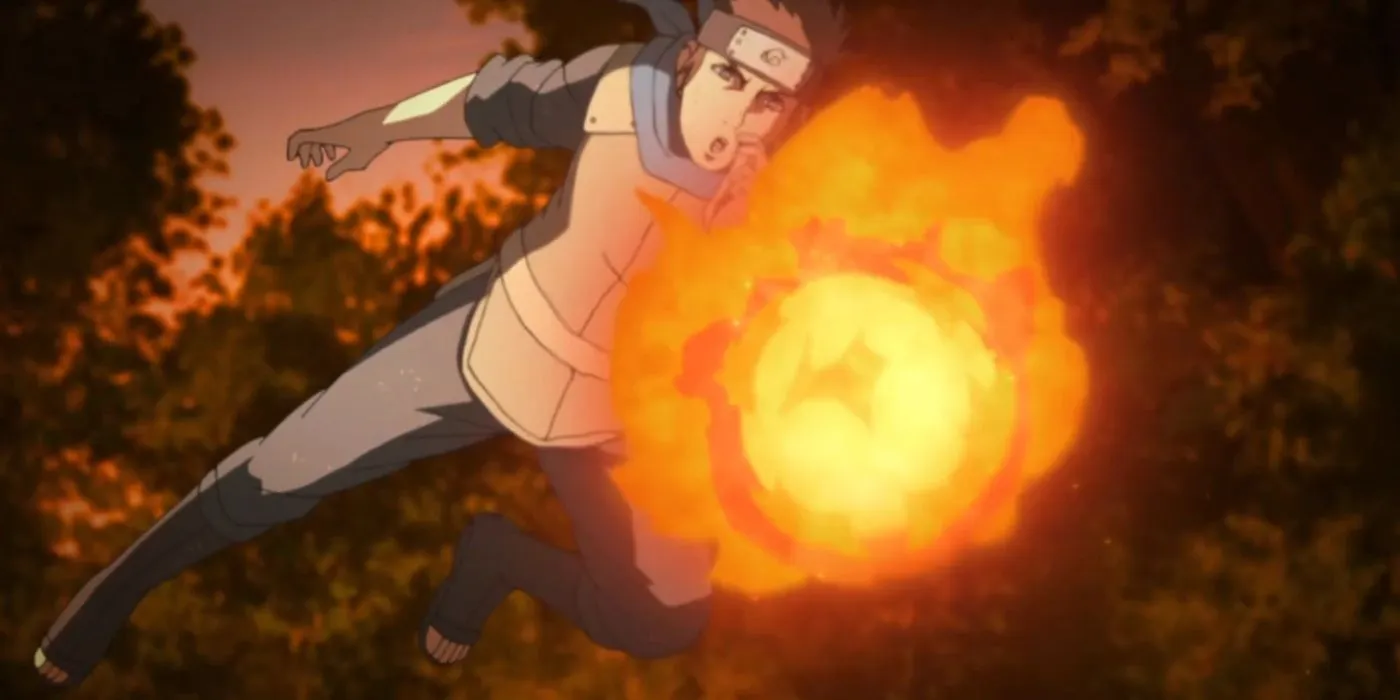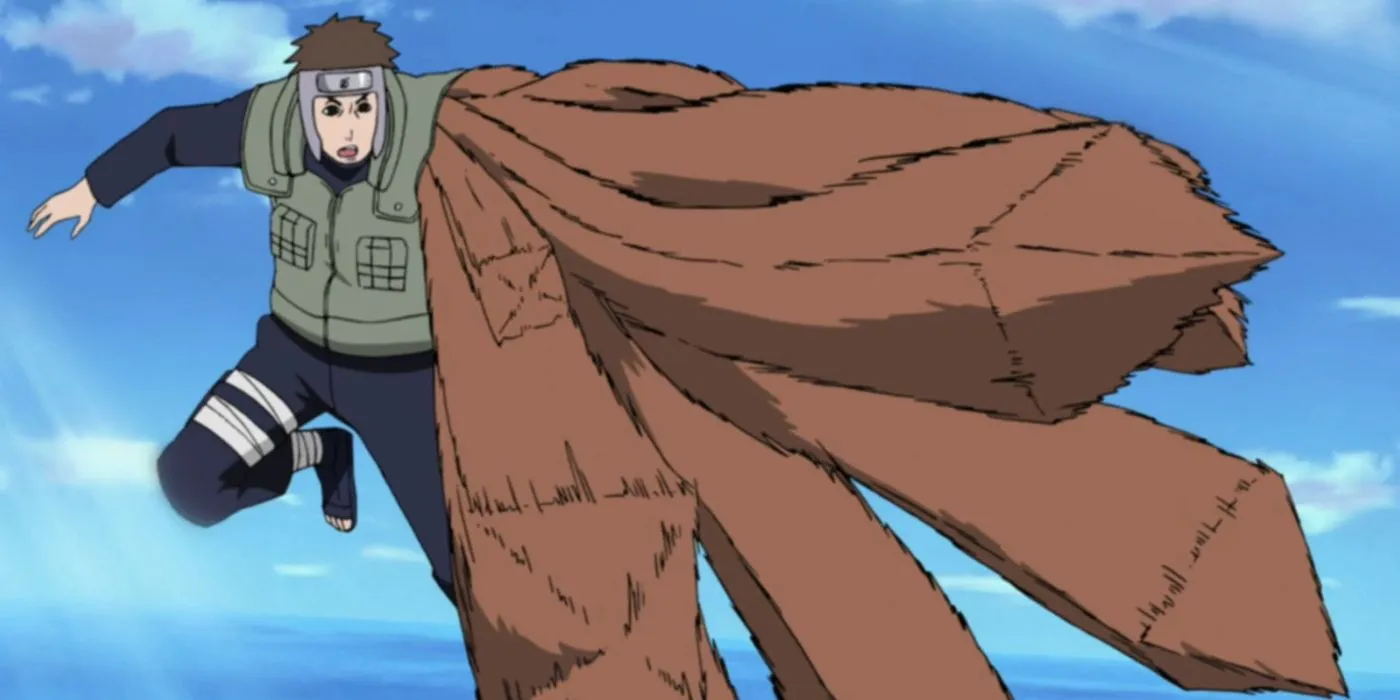Overview
- The Chakra release mechanism in Naruto encompasses various nature transformations, including Lightning, Earth, Water, Fire, and Wind.
- Ninjas have the ability to merge elemental forces to form advanced techniques such as Wood, Lava, Ice, Dust, and Magnet Releases.
- These sophisticated techniques, which require the integration of multiple elements, are often tied to genetic bloodline abilities known as kekkei genkai or kekkei tota.
Table of Contents
Understanding the Chakra release system is essential for grasping the vast power dynamics within the Naruto universe. Chakra serves as the core energy source that powers a multitude of abilities in the series. By accessing specific chakra points in their bodies and utilizing hand seals, characters can execute a variety of Jutsu techniques.
This system extends beyond mere energy manipulation; it also involves elemental interactions through a process termed chakra release or nature transformation. The breakdown of how these elements function and interconnect is crucial for fans and enthusiasts alike.
Chakra Release System in Naruto
Types of Nature Transformation

In the English dub, techniques are categorized by their elemental style, such as Sasuke’s Fire Style: Fireball Jutsu. Each of the five basic elemental releases boasts unique strengths and vulnerabilities:
- Lightning Release: This element is effective against Earth but vulnerable to Wind. Lightning techniques typically enhance the user’s speed and power while efficiently interacting with Water.
- Earth Release: Known for its defensive capabilities, Earth is strong against Water yet weak against Lightning. Shinobi often use this element to erect barriers like walls and domes.
- Water Release: Highly versatile, Water is strong against Fire and weak against Earth, showcasing a wide array of techniques.
- Fire Release: Offensively used, Fire is strong against Wind and weak against Water, typically characterized by the user expelling flames.
- Wind Release: Strong against Lightning and weak against Fire, Wind techniques focus on slicing and overcoming defenses.
“Every jutsu has a weakness. The weakness of your jutsu is… my existence!“- Itachi
Beyond these elemental categories, the Chakra system includes Yin Release and Yang Release. Yin pertains to techniques based on the mind and spirit, while Yang pertains to those utilizing physical energy.
Generally, ninjas are inclined to a single elemental affinity, determined through a test with Chakra paper that reveals their natural proclivity. These affinities often seem hereditary, as evidenced by the common affinities shared among clans.
Advanced Chakra Release
Combining Elements for Advanced Techniques

While uncommon, ninjas can employ multiple elemental forces simultaneously to generate extraordinary outcomes and advanced releases. These techniques are primarily realized through genetic bloodline traits, known as kekkei genkai or kekkei tota, depending on the number of elements involved. Here are some prevalent advanced releases featured in the series:
- Wood Release: Combining Water and Earth, this technique allows for the control of wooden structures. It’s famously wielded by Hashirama Senju, the God of Shinobi.
- Lava Release: Merging Fire and Earth, this technique is notably employed by the Four-Tailed Beast, Son Goku, to create volcanic eruptions.
- Ice Release: This kekkei genkai of the Yuki Clan utilizes Water and Wind to manipulate temperatures, producing snow and ice.
- Dust Release: A combination of Fire, Water, and Earth, this technique was used by the Third Tsuchikage to protect the Sand Village from a meteor.
- Magnet Release: By merging Wind and Earth, this ability grants control over magnetic fields.
Many additional elemental releases have surfaced in various Naruto media, with some existing origins yet to be fully unveiled.
For those interested, Naruto is available for streaming on Crunchyroll and Netflix.


